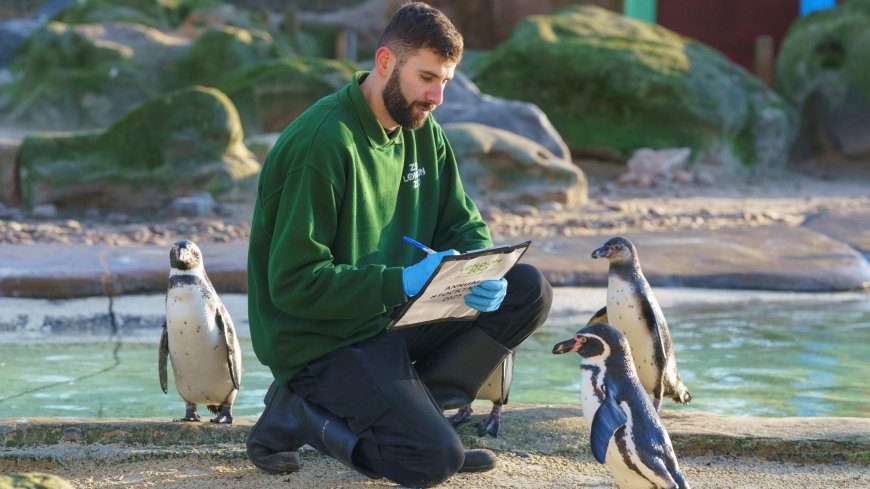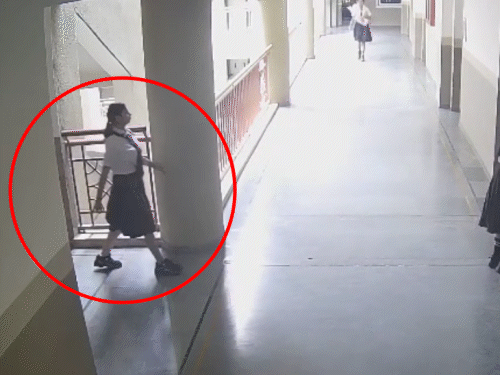Counting Every Feather and Scale: How London Zoo’s Viral Weigh-In Sheds Light on U.S. Conservation
London Zoo’s annual weigh-in has gone viral, but its real significance lies in global conservation. This article explores parallels in U.S. zoos and their fight against climate change.

The sight of a Galápagos tortoise on a giant scale or a squirrel monkey darting around while handlers attempt to capture its weight has captured global attention. London Zoo’s annual animal weigh-in, now a viral tradition, is more than just quirky photographs. It’s a vital scientific process that ensures the health and wellbeing of animals while contributing to broader conservation efforts.
Yet beyond the spectacle across the Atlantic, this event raises important questions about how American zoos are adapting to similar conservation challenges, especially as climate change alters habitats and increases the risks to endangered species.
Why the London Weigh-In Matters
Every August, zookeepers at London Zoo take on the delicate task of weighing and measuring thousands of creatures—from insects to lions. These numbers are carefully entered into the Zoological Information Management System (ZIMS), a global database that allows conservationists to track animal health trends across the world.
According to ZSL London Zoo, the weigh-in isn’t simply about fun photo opportunities. Tracking an animal’s weight and measurements can reveal growth patterns, identify health concerns early, and help zoos share critical data with other institutions working to protect vulnerable species.
The American Parallel: Weighing in on Conservation
Across the United States, similar practices are being carried out with quieter headlines but no less importance. From the San Diego Zoo to the Smithsonian’s National Zoo in Washington, D.C., animal care teams rely on weigh-ins and body measurements as benchmarks for health.
The Smithsonian’s National Zoo emphasizes how this data informs breeding programs for species like the giant panda, cheetah, and golden lion tamarin. For example, a sudden weight fluctuation in a panda might indicate dietary problems, but in other cases, it could signal pregnancy—a vital clue for reproductive science.
Climate Challenges Add Urgency
While weigh-ins have always been part of animal care, climate change has introduced a new layer of complexity. Rising global temperatures have shifted natural food availability and migration cycles, forcing zoos to simulate and adapt environments more carefully than ever.
American zoos are increasingly using weigh-in data to understand how animals respond to diet changes under climate pressures. Desert-adapted species, for instance, may need modified hydration monitoring, while polar animals require consistent weight tracking to ensure they aren’t losing mass due to heat stress in warmer enclosures.
Beyond the Scales: Public Engagement and Awareness
The viral images from London are also a reminder of how storytelling can bolster conservation. In the U.S., some zoos are exploring ways to replicate the same public engagement. Annual “weigh-in days” could help raise awareness, inspire donations, and educate visitors about the connection between individual animals and global conservation.
Experts argue that conservation in the 21st century is not only about science—it’s about communication. If the sight of a squirrel monkey clutching a banana while being coaxed onto a scale goes viral, it translates into public interest, which can fuel political and financial support for environmental initiatives.
Voices from the Field
Dr. Marianne Keane, a conservation biologist based in Florida, told NewsSutra:
“The weigh-in is a deceptively simple act. But when you see that data collected over decades, it’s like reading the diary of a species. It helps us anticipate how animals will cope with food shortages, disease outbreaks, or even captivity stress.”
Similarly, zookeepers in San Diego have noted that accurate records over time have shaped international breeding partnerships. Animals born in the U.S. may later join programs in Europe or Asia, and consistent data is the bridge that allows these collaborations to succeed.
A Shared Future in Conservation
What makes the London weigh-in so compelling is not the novelty, but the global resonance. Zoos are not isolated institutions—they are nodes in a web of conservation science. Whether in London, Washington, or San Diego, the data collected feeds into a global system designed to protect biodiversity.
As climate threats mount, the spectacle of animals stepping onto scales may become less about curiosity and more about survival. And in that sense, the viral buzz has a deeper truth: every gram recorded is a piece of knowledge, and every ounce of knowledge can help save a species.
What's Your Reaction?
 Like
0
Like
0
 Dislike
0
Dislike
0
 Love
0
Love
0
 Funny
0
Funny
0
 Angry
0
Angry
0
 Sad
0
Sad
0
 Wow
0
Wow
0







































































